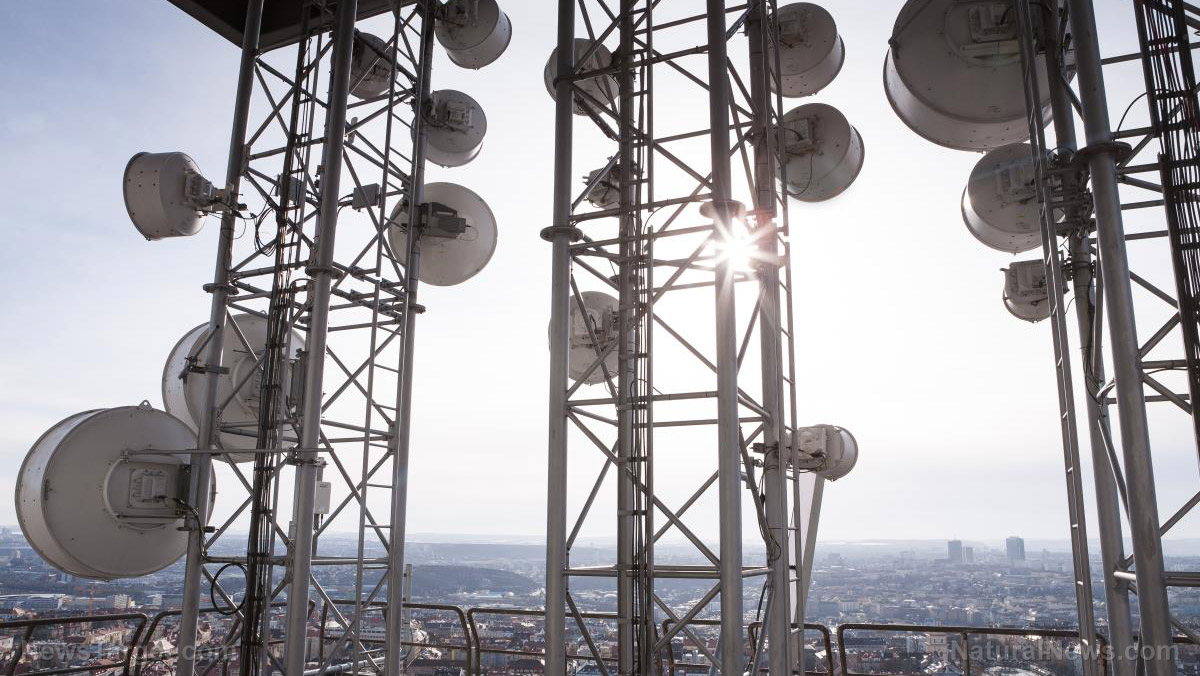 Parler
Parler Gab
Gab
Texas might need to secure adequate energy for extreme weather conditions
In a market-based system like ERCOT, the competitive problem for natural gas is more challenging when wind and solar are producing a lot of electricity. This is because both wind and solar have high upfront capital costs, but the marginal input costs are nearly zero. Even when electric prices are low, wind operators are motivated to continue to produce because their primary government subsidiary is based on the amount of electricity produced. In some cases, wind operators will continue to produce at even negative market prices, like when the grid is oversupplied with electricity since they still collect the production tax credit. Meanwhile, natural gas generators, which have significant fuel and operating costs, cannot afford to continue to produce when the price is lower than the input costs. Because of this, there is very little incentive to invest in natural gas generation in Texas. The state recently offered a package of incentives to build additional natural gas generation, including low-rate loans. But no one was interested. King advised that if Texas wants to secure adequate dispatchable power for extreme weather conditions, the state must first subsidize it with taxpayer money or require it by regulation, which would eventually increase rates. King explained that the other option is to build storage capacity for the electricity. For now, this means batteries. At one point during Heather, batteries were contributing over 1,000 MW. The all-time record for battery contribution to the grid was 2,172 MW in February 2023. Currently, batteries only have a small contribution. However, there is a steady growth in battery storage as electricity users are becoming more wary of the grid’s reliability. That number could also continue to grow. The current cost of battery storage is very high, but King thinks it might come down over time. Thanks to cheap natural gas prices and wind and solar energy, Texans have some of the lowest electricity prices in the country, which run 18 percent below the national average. However, that low cost comes at a price and the state can't fully rely on its grid, and these savings are often wiped out when a storm like Uri costs Texas billions of dollars in damage. While the Texas grid survived winter storm Heather, the long-term issue of building a reliable grid in Texas is an ongoing challenge for the state. Watch the video below as mainstream media hypes a record-breaking winter blast on the West Coast. This video is from the Neroke-5 channel on Brighteon.com.More related stories:
GRID DOWN ALERT: North America at risk of blackouts during cold weather events, regulator warns. Survival tips for preppers: Winter emergency preparedness checklist. Texas facing ANOTHER power grid collapse amid intense winter weather spell. Sources include: RealClearWire.com ElectricChoice.com Brighteon.comNYC out of control – giant short!
By News Editors // Share
AT&T outage disrupts cell services for at least 75,000 customers across the U.S.
By Arsenio Toledo // Share
AT&T, Verizon, T-Mobile users report widespread OUTAGES, non-functioning 911 services
By Ethan Huff // Share
If Israel proceeds with Rafah genocide, U.K. could restrict arms sales to Jewish state
By Ethan Huff // Share
Governments continue to obscure COVID-19 vaccine data amid rising concerns over excess deaths
By patricklewis // Share
Tech giant Microsoft backs EXTINCTION with its support of carbon capture programs
By ramontomeydw // Share
Germany to resume arms exports to Israel despite repeated ceasefire violations
By isabelle // Share










